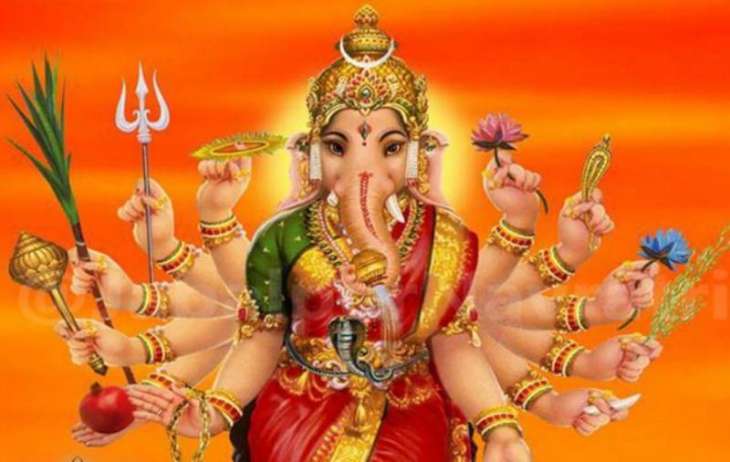Every month, the fourth day after the new moon is observed as Vinayaki Chaturthi – the day dedicated to Lord Ganesha in his feminine aspect. But many people have no idea that Ganesha even had a female form.
According to mythologists, because Vinayaka’s history was mostly oral, and over the centuries, she was lost in time. However, some stories about her continue to exist.
Five things about Vinayaki
- Vinayaki is also known Ganeshani, Gajanani, Ganeshwari Gajamukhi or Vigneshwari. In Madurai, Tamil Nadu, she is worshipped as Vyagrapada Ganapathy, and in Tibet, an elephant-headed goddess called Ganeshani is worshipped.
- When the demon Andhaka tried to abduct Parvati, he was impaled by her husband Shiva on his trident. But every drop of blood that fell to the ground turned into another Andhaka. “Parvati knew that every divine being is a mixture of male and female forms, the male form representing mental potential and the female form representing material resources (Shakti). Parvati therefore called out to all the Shaktis.” So every divine being released his female energy who drank the blood of Andhaka before it touched the ground. Ganesha’s Shakti also emerged – Vinayaki or Ganeshvari, according to the Matsya Purana and Vishnu-dharmottara Purana. “This form of Ganapati is adored in the Vana-Durga-Upanishad.”
- The artist Mahen Chanmugan who focuses on paintings of Lord Ganesha says on his blog that “the earliest evidence of a female Ganesh or Vinayaki is a weathered terracotta plaque from Rairh in Rajhasthan, which dates back to the first century. These feminine Ganesh forms have been discovered in 64 Yoginî enclosures or temples. Eighteen such Yoginî temples have been indexed in India with one, supposedly, in Sri Lanka.”
- On hindudharmaforums.com, a discussion thread on Vinayaki provides the following information: “…We are familiar with a consort to Ganesha for his various manifestations… However, is Vinayaki her own Devi and not a ‘consort’? This name shows up in Matrika lists, in Buddhist literature, and even in Jain Yogini names… She is listed as No. 1 of the 64 Yoginis, known as Gajanana or Elephant faced, in the Kashi Khanda. She appears in holy sculptures in Orissa. … She is often holding the parashu or battle-axe, this is the same axe I see held by the aspect of Ganesha as Ganapati…”
- On the blog enfolding.org, that shares information on tantra practices and beliefs among other subjects, one of the authors writes: “The 16th century Silparatna gives a description of Vinayaki as having the head of an elephant and the body of a youthful woman. She is vermillion-coloured, has large breasts which bow down her body due to their weight, a corpulent belly, and beautiful hips. There are representations of her standing, seated or dancing. Although Vinayaki is generally related to Ganapati (via the name linkage Vinayaki/Vinayaka) – the scholarly consensus appears to be that she is an independent goddess and not one of Ganesa’s Saktis or consorts…”
Credit:- shethepeople.tv
